How to Spend Less on Licenses: Best Practices for Cloud Cost Optimization
What is FinOps and How Does It Help Optimize Costs in the Cloud?
Why is cloud cost optimization important? Effective cost optimization strategies are essential for managing cloud licensing expenses and maximizing the value of cloud services.
Cloud cost optimization typically refers to the process of reducing license costs that includes identifying areas where overspending occurs, understanding different licensing models, and using relevant tools and strategies to optimize costs.
Today, organizations face challenges in optimizing cloud spend due to a lack of maturity in spend management processes. According to a survey, only 27% of respondents claimed to be very mature when it comes to optimizing software license spend.
This could be the reason for companies to adopt FinOps, "…a cloud financial management discipline and cultural practice. It’s the way for teams to manage their cloud costs, where everyone takes ownership of their cloud usage supported by a central best-practices group…”. FinOps involves a combination of financial management, cloud cost optimization, and operational best practices, helping businesses gain better visibility into their cloud spending, identify overspending, and make data-driven decisions for cost optimization depending on their licensing model.
Understanding Сloud License Models
To establish a proper strategy for optimizing licensing costs as part of your FinOps, it’s essential to clarify the type of software licensing you already have or intend to go for after the migration to the cloud.
Learn how to migrate from on-premises to AWS Public Cloud with our guide.
Cloud license models are beneficial for all types of businesses, whether SMBs or enterprises, as they eliminate the need for significant upfront investments and provide predictable, manageable costs.
Generally, there are two common licensing models – usage-based and seat-based. The usage-based (aka consumption-based or pay-as-you-go (PAYG) model is often more favored since you pay for features, cloud resources, or services you consume. It is usage-based pricing (UBP) model that has become one of the most adopted by SaaS companies in recent years with 61% of SaaS companies already offering this model.
This model eliminates the need for upfront license purchases and offers the convenience of adjusting your usage and costs based on your specific needs. PAYG licensing is better in terms of flexibility and scalability and is especially beneficial for short-term projects or when testing new software.
However, PAYG licensing can also lead to hidden costs if usage is not closely monitored. One such cost is the potential for overage charges when usage exceeds the allocated limits. In this case, you should introduce effective monitoring with resource consumption tracking, usage patterns analysis, and automated alerts to notify administrators when thresholds are approaching.
Additionally, businesses should carefully review the terms and conditions of their cloud service provider to understand any potential fees or penalties associated with exceeding usage limits. The latter poses a big challenge — according to Civo's survey, 34% of users find it tough to predict how much they will be charged each month by their cloud provider.
On the other hand, seat-based licensing can provide predictable costs, but may lead to overspending if seats are not fully utilized. This can also include charges for unused or inactive seats, additional fees for user onboarding and training, and expenses associated with user turnover or scaling up the workforce. To manage these costs, businesses should implement monitoring practices, including regular audits to remove inactive accounts and tracking user adoption and utilization. Monitoring usage patterns and forecasting future needs can also help prevent overspending.
Ways to Discover Where You Overspend on Licenses
In this article, we will focus more on usage-based licensing and a scenario of cost optimization for businesses (SMBs and enterprises as well) that are already in the cloud and want to ensure that they overspend on current licenses. To identify your current gaps and know where to start your optimization journey, we recommend taking such steps:
- Carry out an assessment: Evaluate your usage patterns, identify which services you use most frequently, and determine their importance to your organization. This will help you to decide where to focus your cost optimization efforts.
- Analyze your billing data: Examine your billing data to identify areas with the most expenses and ways to cut them. Use tools like AWS Cost Explorer or Azure Cost Management to analyze your cloud usage patterns.
- Understand your contract terms: Review your cloud service contract terms to understand the pricing model, commitments, and available discount options.
Below we have gathered various FinOps-powered best practices for optimizing costs for those who have usage-based licensing.
Cloud Cost Optimization Best Practices
In the pursuit of cost optimization, leveraging best practices becomes invaluable. These practices can help you identify and eliminate unnecessary spending while ensuring that your cloud licensing remains aligned with your organization's goals and priorities. Here are some key FinOps best practices to consider when optimizing your cloud licensing costs.
Monitoring Cloud Usage Regularly
Set up monitoring and tracking mechanisms to regularly analyze usage patterns and identify any trends or anomalies. By monitoring usage, companies can identify any underutilized licenses or instances and take action to address them. For example, they may be able to consolidate workloads or resize resources to better align with the actual usage. This approach allows organizations to avoid paying for unused licenses or resources and ensure they are only paying for what they actually use.
Using an Alternative License Model (BYOL)
If you already have a license for a specific software, it may be more cost-effective to use a BYOL license instead of paying for the same software on a PAYG basis.
BYOL licensing model allows businesses to transfer existing software licenses to the cloud, saving on purchasing additional licenses, providing the flexibility to use their own licenses while benefiting from cloud infrastructure.
However, it's important to note that the BYOL model may also incur additional expenses depending on the pricing policy of the cloud service provider. This one greatly reminds corkage fees of restaurants for bringing your own bottle of wine. Providers may charge for the usage or support of these transferred licenses. Therefore, it's essential to carefully review the terms and conditions of the specific cloud provider to fully understand the cost implications associated with BYOL.
Rightsizing the Resources
In general, rightsizing infrastructure is the process of optimizing the allocation of resources in your IT infrastructure to match the actual requirements of your applications and workloads. It involves assessing and adjusting the capacity of compute instances, storage, memory, and other resources to ensure they are neither underutilized nor overprovisioned.
By rightsizing your infrastructure, you can ensure that you are not paying for resources that are not being used. This can help to reduce licensing costs by minimizing the amount of software that needs to be licensed, since idle and underused resources are major factors that drive waste in the cloud spend.
Applying Special Price Offers and Discounts
Roughly two-thirds of organizations aren’t taking advantage of providers’ discounts to optimize their cloud costs. Many cloud providers offer discounts for long-term contracts, pre-paid usage, or volume-based licensing, so that organizations can benefit from these discounts to reduce their licensing costs. However, the research shows that negotiating the best price or discount is often one of the challenges when optimizing their tech spend:
These numbers indicate that organizations should be proactive when selecting and negotiating the most beneficial pricing options in order to maximize their cost savings.
Case in point. While Infopulse was conducting a comprehensive IT infrastructure audit for a client, we proposed cost-saving measures for software licensing. With our help and the Microsoft license program for educational organizations, as a special price offering, the client obtained the required licenses for the cloud services at a reduced cost, also ensuring compliance and optimizing expenses. The overall project resulted in migration to Office 365, application upgrades, and better remote work capabilities.
Revising the Frequency of Backups
Backing up data is important for disaster recovery and business continuity but performing it too frequently can lead to unnecessary storage and computing expenses. Revising the frequency of backups can optimize cloud licensing costs by reducing the storage and computing resources required. By adjusting backup intervals based on the importance and volatility of data, companies can avoid unnecessary backups and minimize the overall cost of cloud storage and licensing. This approach can also help prevent data loss and downtime by ensuring that critical data is backed up frequently to avoid potential disruptions.
Considering Multi-cloud or Hybrid-cloud Strategies
Multi-cloud or hybrid-cloud strategies allow organizations to leverage opportunities from different cloud providers and licensing models based on their specific needs. Moreover, 90% of respondents claim that using multiple clouds helped them advance and reach their company’s business goals as per Forrester.
In terms of cost optimization, it helps organizations avoid vendor lock-in and negotiate better licensing terms, ultimately leading to higher cost savings.
Also, using multiple cloud providers or a hybrid cloud approach can provide cost savings by allowing you to select the most cost-effective option for each workload. This approach requires careful management and optimization to ensure that costs are minimized.
Leveraging Cloud Provider’s Cost Optimization Tools
Cloud providers offer various tools to help organizations optimize their cloud costs. For example, AWS Cost Explorer is a free tool that provides cost management reports and insights into AWS usage. It enables organizations to visualize and understand their AWS spending patterns, identify cost drivers, and make informed decisions about resource usage.
Similarly, Azure Cost Management and Google Cloud Platform Billing provide cost optimization tools that can help organizations analyze their cloud usage and spending, optimize resource utilization, and identify potential cost savings.
By leveraging these cloud cost optimization tools, organizations can identify areas of overspending and make necessary adjustments to their usage patterns.
Conclusion
Optimizing cloud licensing costs has many benefits, like enhanced performance and the flexibility of cloud infrastructure. By ensuring that the right licenses are in place for each workload, organizations can prevent licensing issues and avoid unnecessary downtime.
To sum up, cost optimization in cloud computing is an essential part of a FinOps strategy. With the right pricing models, licensing options, and FinOps practices in place, organizations can reduce costs, improve performance, and maximize their return on investment in the cloud.
![Cloud Cost Optimization [main banner]](https://www.infopulse.com/uploads/media/banner-1920x528-cost-optimization-in-cloud-licensing.webp)
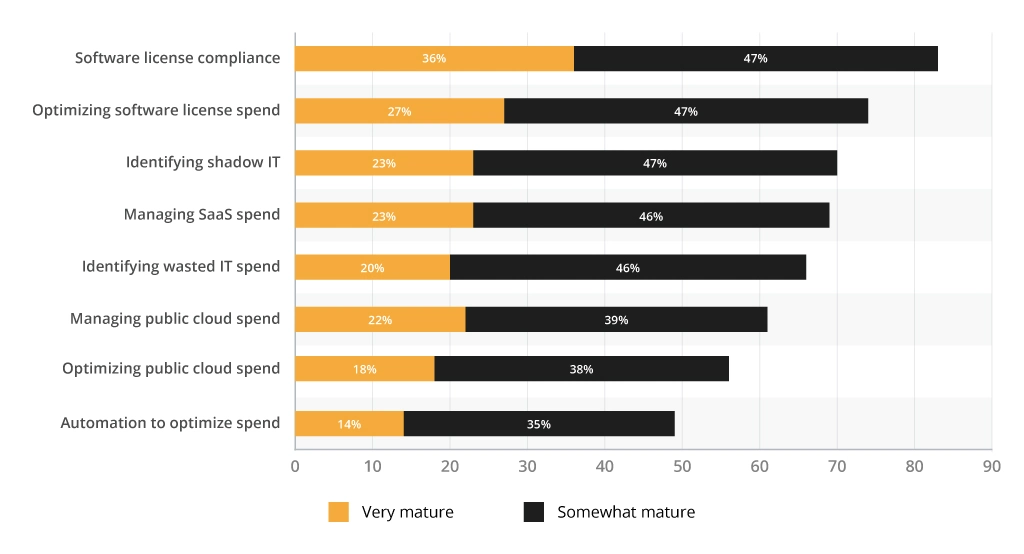
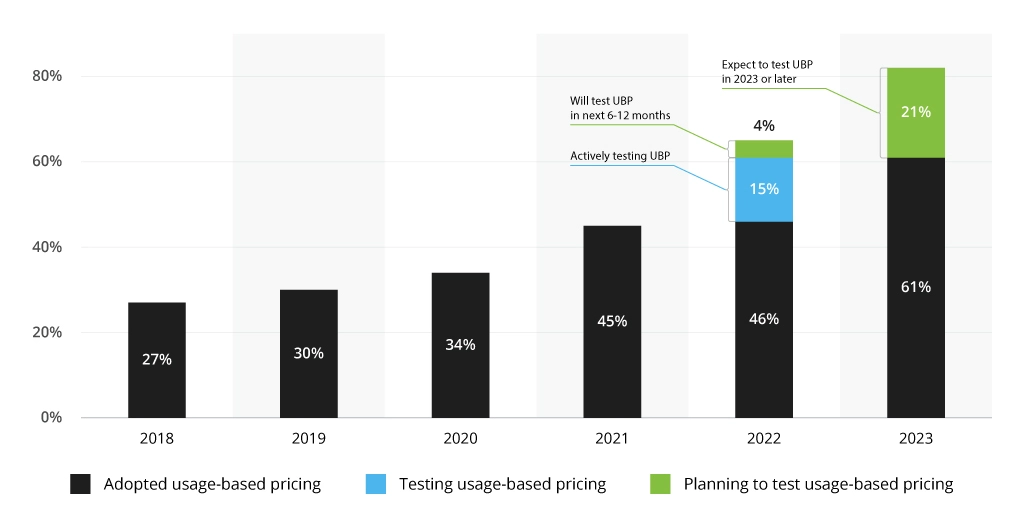
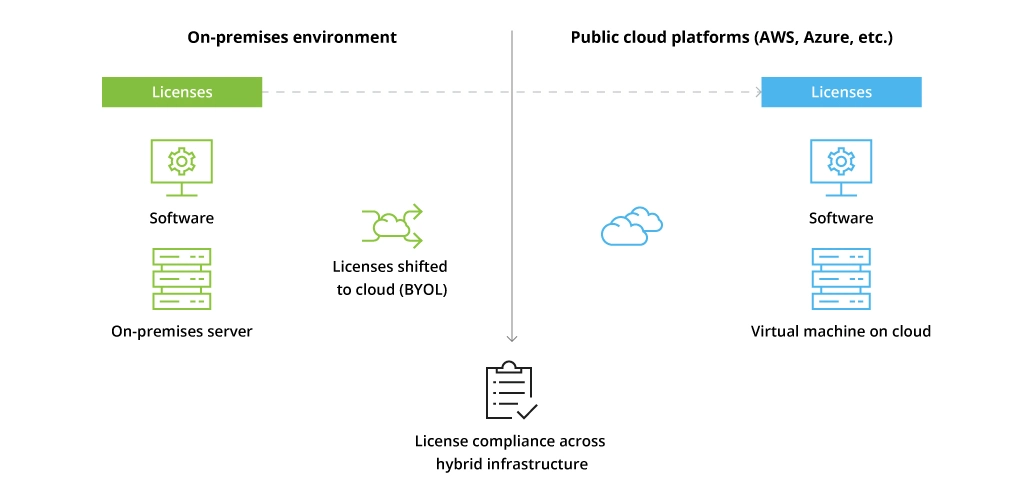
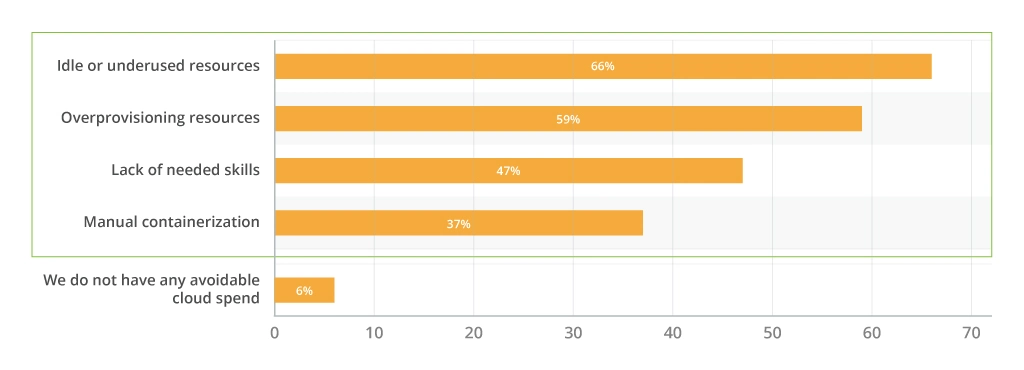
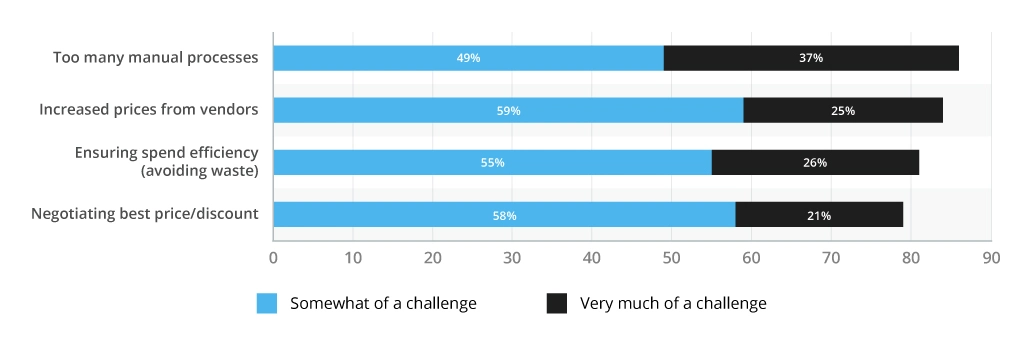



![Cloud Native vs. Cloud Agnostic [thumbnail]](/uploads/media/thumbnail-280x222-cloud-agnostic-vs-cloud-native-architecture-which-approach-to-choose.webp)
![Azure Arc [thumbnail]](/uploads/media/thumbnail-280x222-azure-arc-multi-cloud-management.webp)
![Power Apps Licensing Guide [thumbnail]](/uploads/media/thumbnail-280x222-power-apps-licensing-guide.webp)
![Benefits of Cloud-Agnostic Strategy [thumbnail]](/uploads/media/thumbnail-280x222-cloud-agnostic-strategy-whats-in-and-how-to-act-to-get-tangible-business-value.webp)



